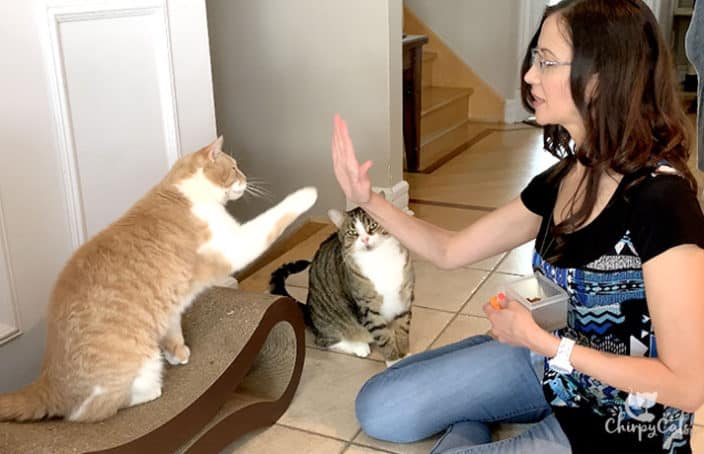Establishing a Routine: The Importance of Consistency in Cat Training
Establishing a consistent routine is paramount when it comes to training your cat. In both American and British cultures, the value of routine and consistency is widely recognized in fostering desired behaviors in pets. Cats, known for their independent nature, can greatly benefit from structured training routines that align with their instincts and behaviors.
Why Consistency Matters
Consistency provides cats with a sense of security and predictability, essential for their well-being and receptiveness to training. When a routine is established and maintained, cats learn to anticipate activities such as feeding times, play sessions, and litter box usage. This predictability reduces stress and anxiety, promoting a harmonious environment for both the cat and its owners.
Key Elements of a Consistent Routine
- Feeding Schedule: Set regular feeding times and stick to them. This helps regulate your cat’s digestive system and encourages healthy eating habits.
- Litter Box Maintenance: Keep the litter box clean and in the same location. Cats are creatures of habit and prefer consistency in their toileting area.
- Play and Exercise: Allocate specific times for interactive play and exercise. This not only provides physical stimulation but also strengthens the bond between you and your cat.
- Training Sessions: Incorporate short, regular training sessions into your daily routine. Use positive reinforcement techniques such as treats and praise to encourage desired behaviors like using a scratching post or coming when called.
Building Trust Through Routine
Consistency builds trust between you and your cat. When they know what to expect from you and their environment, they are more likely to respond positively to training efforts. This trust forms the foundation for a strong, enduring relationship based on mutual understanding and respect.

Challenges and Solutions
While maintaining a routine is important, flexibility is also key. Be patient and adaptable, especially when introducing new behaviors or adjusting to your cat’s individual preferences. Consistency doesn’t mean rigidity; it means creating a stable framework within which your cat can thrive while allowing for necessary adjustments over time.
Conclusion
In conclusion, establishing a routine based on consistency is crucial for effective cat training. It provides structure, reduces stress, and enhances the overall well-being of your feline companion. By incorporating these principles into your daily interactions with your cat, you can create a harmonious environment where training becomes a natural and rewarding experience for both of you.
By following these guidelines, you’ll not only enhance your cat’s training progress but also strengthen the bond between you and your beloved pet.





















